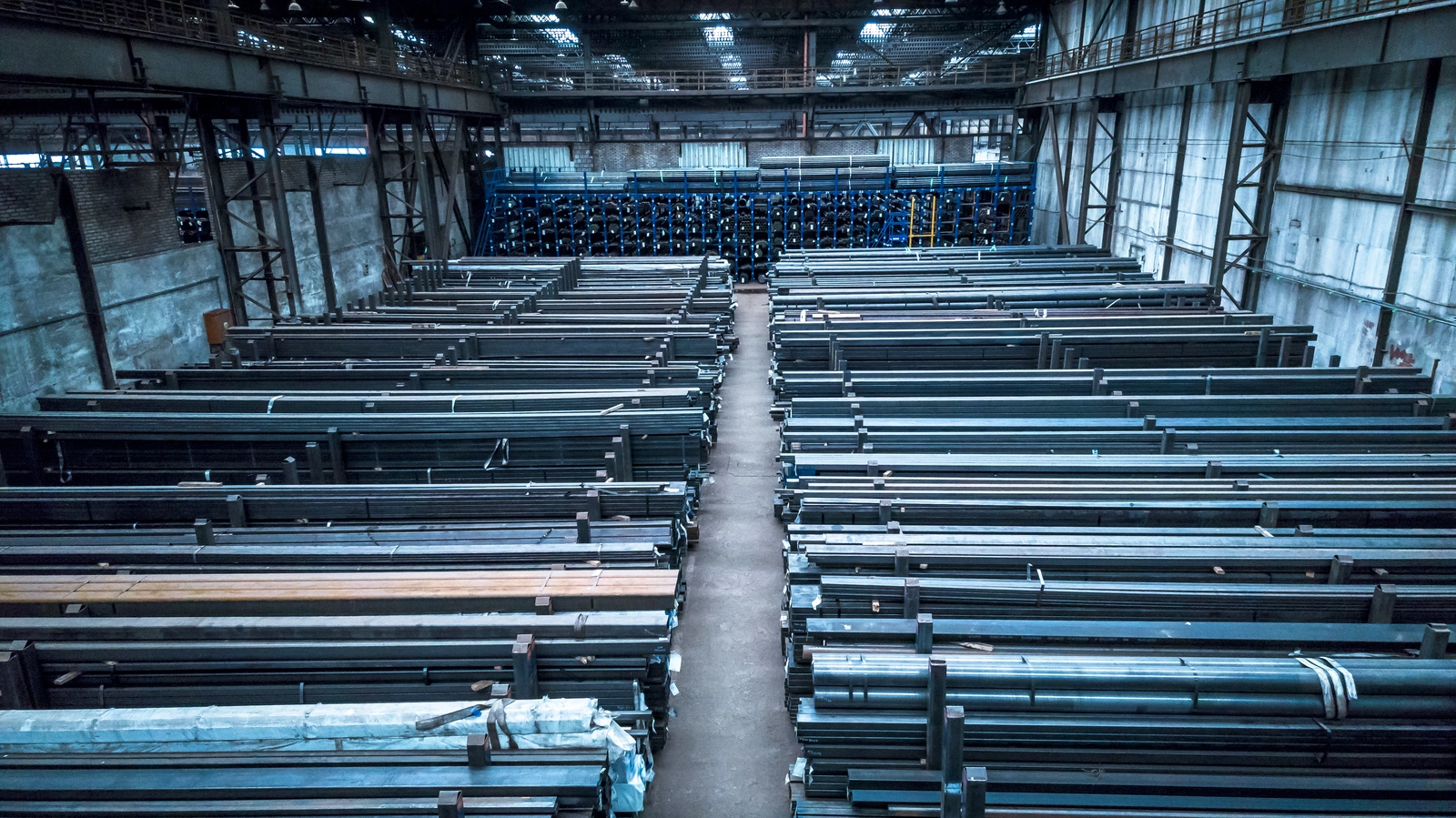Hot-rolled profiles are created from steel heated to 900 - 1,000 degrees Celsius, making the material ductile and moldable. The steel passes through a series of rollers to achieve its final shape and size, followed by a stress-relief process to remove internal tensions. This results in profiles with high strength parameters, crucial for industrial and construction applications.
Advantages of Hot-Rolled Profiles
Homogeneous Internal Structure: Consistent impact and tensile values across the entire surface, including the weld zone and corners, ensure reliable test results and high safety margins.
High Load-Bearing Capacity: Strong resistance to bending and deformation, suitable for intensive loading.
Ductility: Greater ductility compared to cold-rolled sections, retaining considerable resistance even beyond the upper limit.
Enhanced Weldability: Less rounded corner shape allows for smaller corner radii, increasing the weldable area, important for structural applications.
Types of Hot-Rolled Profiles
- Seamed Profiles
- Seamless Profiles
- Stripped Profiles
| Profiles with a seam | Seamless profiles | |
| Standard | EN 10210 | EN 10210 |
| Grade | S355J2H, S355J2H+N, S355NH (normalized) | S355J2H, S355J2H+N, S355NH (normalized) |
| Certificate | Certificate 3.1 lub 3.2 wg normy EN 10204 | Certificate 3.1 lub 3.2 wg normy EN 10204 |
| Diameter range |
|
|
| Wall thickness | from 3.2 mm to 20 mm | from 3.2 mm to 20 mm |
| Length of sections | L=12-12,15 m | L=12-12,15 m |


